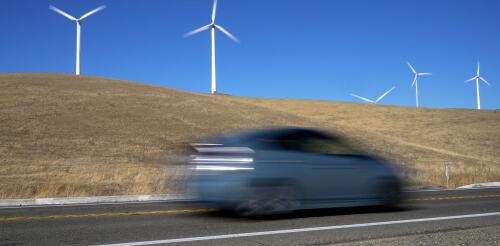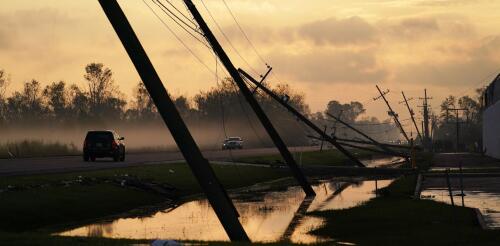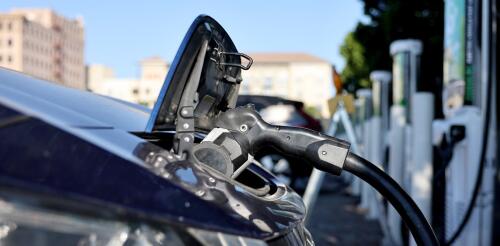Tesla
In recent months there have been numerous protests by activists criticizing the damage caused by the expansion of the plant
At the beginning of July, Tesla received permission from the Brandenburg authorities to expand its Grünheide production plant, the largest in Europe.However, there are numerous concerns from environmental activists and the local population, who denounce the huge amount environmental damage and the deprivation of fundamental resources such as water from citizens, in a region already severely affected by drought.According to recent data processing, the development of the current plant has already cost the reduction of 500 thousand trees.To this data is added that of 1.4 million cubic meters of water which the multi-billionaire Elon Musk's company is authorized to use annually, in addition to the fear on the part of the inhabitants of the possible contamination of the groundwater due to the numerous environmental accidents that have already occurred in the plant. Between approximately 2020 and 2023 329 hectares of forest were leveled for the construction of the production plant near...
Panasonic’s new US$4 billion battery factory in De Soto, Kansas, is designed to be a model of sustainability – it’s an all-electric factory with no need for a smokestack. When finished, it will cover the size of 48 football fields, employ 4,000 people and produce enough advanced batteries to supply half a million electric cars per year. But there’s a catch, and it’s a big one. While the factory will run on wind and solar power much of the time, renewables supplied only 34% of the local utility Evergy’s electricity in 2023. In much of the U.S., fossil fuels still play a key role in meeting power demand. In fact, Evergy has asked permission to extend the life of an old coal-fired power plant to meet growing demand, including from the battery factory. With my students at Wellesley College, I’ve been tracking the boom in investments in clean energy manufacturing and how those projects – including battery, solar panel and wind turbine...
In areas where storms or extreme heat and cold have knocked out the power for days at a time, people are starting to ask whether investing in rooftop solar and battery storage systems can keep the lights on and the air conditioner running when the power grid can’t. When the grid goes down, most solar systems that lack a battery will also shut down. But with batteries, a home can disconnect from the grid. Each day, the sun powers the home and charges up the batteries, which provide power through the night. Our team at Berkeley Lab explored what it would take for homes and commercial buildings to ride out long power outages, of three days or more, with solar and batteries. How much can solar + storage do? For a 2022 report, we modeled a generic power outage for every county in the U.S., testing whether a rooftop solar system combined with a 10- or 30-kilowatt-hour battery could power critical loads, like refrigeration, lighting, internet service and well pumps; if it could...
The Biden administration is using tax credits, regulations and federal investments to shift drivers toward electric vehicles. But drivers will make the switch only if they are confident they can find reliable charging when and where they need it. Over the past four years, the number of public charging ports across the U.S. has doubled. As of August 2024, the nation had 192,000 publicly available charging ports and was adding about 1,000 public chargers weekly. Infrastructure rarely expands at such a fast rate. Agencies are allocating billions of dollars authorized through the 2021 Bipartisan Infrastructure Law for building charging infrastructure. This expansion is making long-distance EV travel more practical. It also makes EV ownership more feasible for people who can’t charge at home, such as some apartment dwellers. Charging technology is also improving. Speeds are now reaching up to 350 kilowatts – fast enough to charge a standard electric car in less than 1...




